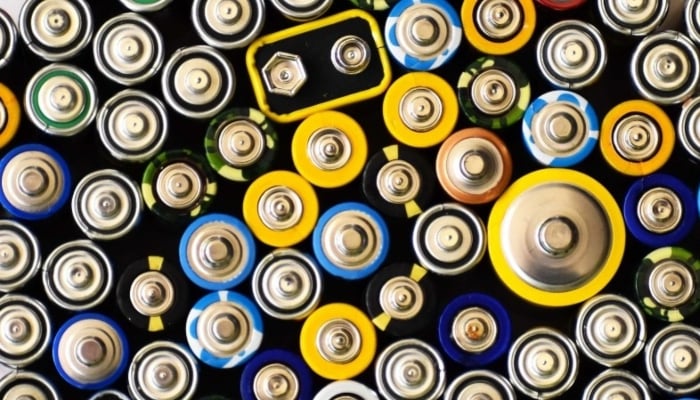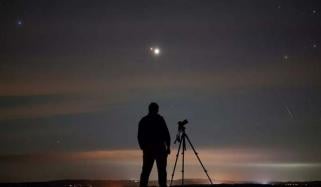
Scientists have unveiled a groundbreaking method to recycle lithium-ion batteries, promising to significantly reduce waste and make electric vehicles and consumer electronics more sustainable.
The Ames National Laboratory of the US Department of Energy's scientists have created a novel method that may alter how lithium-ion batteries are recycled.
The Battery Recycling and Water Splitting (BRAWS) technique is a process that recovers lithium by using just carbon dioxide (CO2) and water.
This process is considerably more environmentally friendly and doesn't involve chemicals or high heat.
There are now three primary ways for recycling lithium-ion batteries: hydrometallurgical, pyrometallurgical, and direct recycling, according to Ames Lab scientist and team leader Dr. Ikenna Nlebedim, but there are some disadvantages of these methods.
However, the BRAWS technology avoids the drawbacks of these approaches while combining their finest aspects.
One of the biggest challenges with lithium-ion batteries is that fast charging can cause lithium to build up on the anode, the positive side of the battery. Over time, this buildup can cause the battery to fail.
BRAWS uses quick charging to maximize lithium absorption onto the anode.
The battery is then carefully disassembled, and water and CO2 are added to the graphite anode to recover lithium as recyclable lithium carbonate.
This method yields green hydrogen as a byproduct and due to lithium's high degree of reactivity, the anode can be utilised to split water molecules and release hydrogen gas, which can be collected and utilised as a clean fuel.
Simultaneously, the mechanism absorbs the CO2, which lessens its amount in the atmosphere.
















